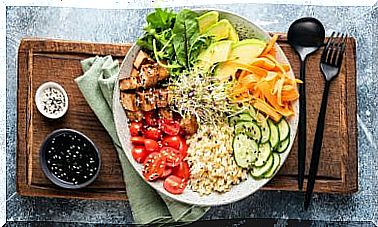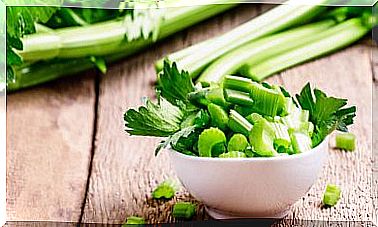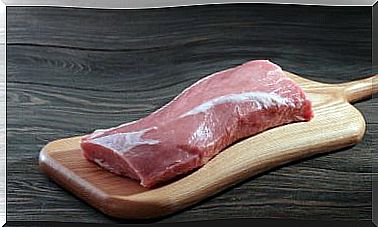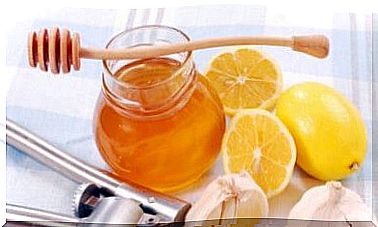7 Food Fraud That You Should Know For The Good Of Your Health
Although many of these food fraud do not have harmful consequences for the body, it is important to be aware of them to also take care of our economy and avoid be the object of deception.
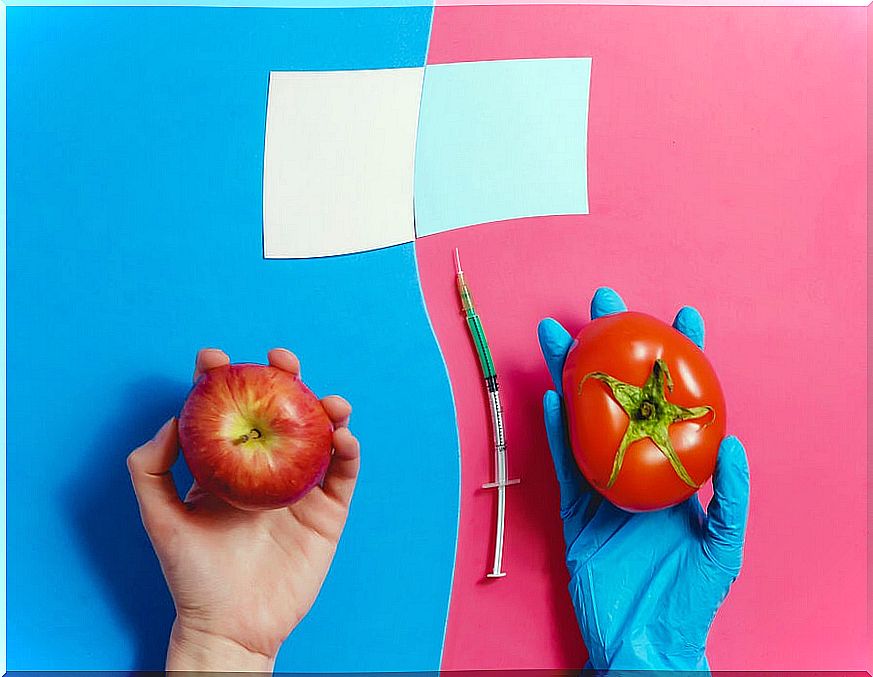
In recent years, food fraud has generated mistrust in consumers and health authorities, as well as in the industry, which has millions of dollars in losses. In this sense, the AINIA Technology Center points out that, although the European Union (EU) is the region with the best level of food control and safety in the world, in recent years there has been a list of fraud.
This caused them to redouble their measures to counter the practice of these dishonest and deceptive methods. This is how they detected some cases related to food fraud. An example of this are the fishery products of Vietnam or hazelnut peanuts originating in Georgia in 2016.
In this sense, we will explain to you which are the seven food frauds that you must know to take care of your health.
What are food fraud?
The AINIA center ensures that food fraud occurs when a company intentionally fails to comply with the legislation related to the trade of products. In other words, the nutritional labels express a quantity or quality that is lower or different than that indicated on the packaging.
The organization explains that a clear example of such fraud is the use of substances to hide, cover or disguise lower-quality ingredients. It is also made to replace one food with another, when at no time does the labeling mention it.
The same occurs when making false statements about the origin of raw materials. These exercises do not necessarily represent a risk to your health. However, they do significantly influence consumer confidence and the image of the food industry in general.
Next, we will tell you which foods are most prone to fraud worldwide.
1. Olive oil
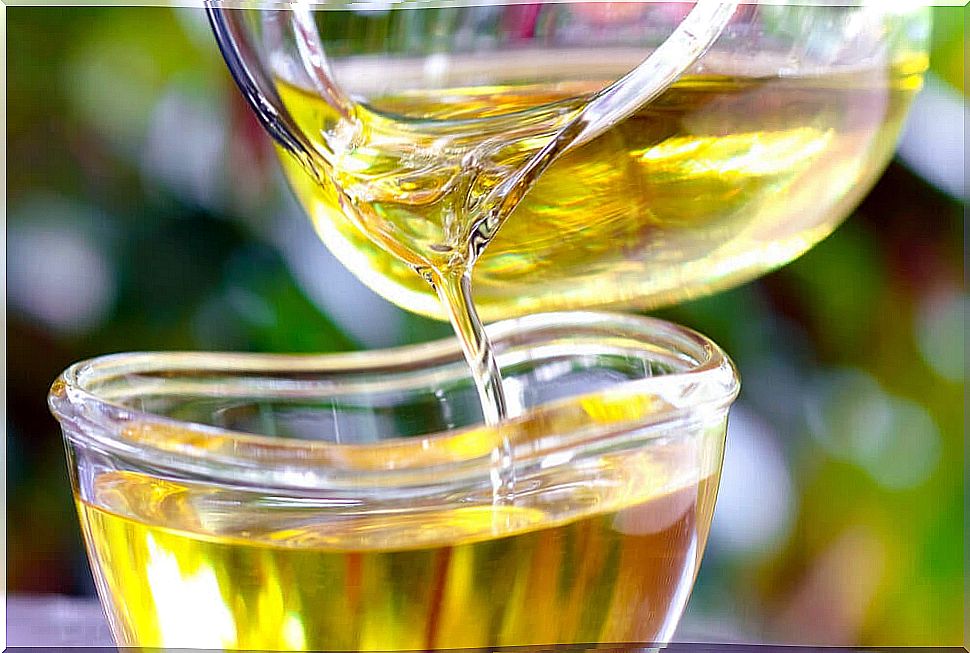
Olive oil is one of the most popular foods in this type of fraud, as it is difficult to assess the origin or quality. Although it can be detected, the volume that is inspected is negligible.
Different health agencies show as an example that 80% of the Italian olive oil that is present on the market is fake. This is stated by an investigation published in the magazine Foods . This is because the olive is mixed with another of less value such as peanut or hazelnut, as well as sunflower.
Although this practice does not usually personify a serious health risk, it does damage pockets. After all, we are paying a high price for a fake product.
2. Fruit juices
Packaged juices, especially those made with oranges, apples and pomegranates, are highly vulnerable to food deception.
It may be that the ingredients that are on their labels are totally opposite to those of their content.
- In certain cases, you do not ingest fruit concentrates, but sweeteners, corn syrups, flower extracts or dyes diluted in water.
This class of products can put the health of the intestinal microbiota at risk, promoting the development of metabolic diseases, according to a study published in the journal BMJ.
To identify this fraud, regulatory authorities conduct tests to check for the presence of sorbitol in the juice. Thus, they detect whether the sugar it contains is natural or has been added artificially.
3. Spices
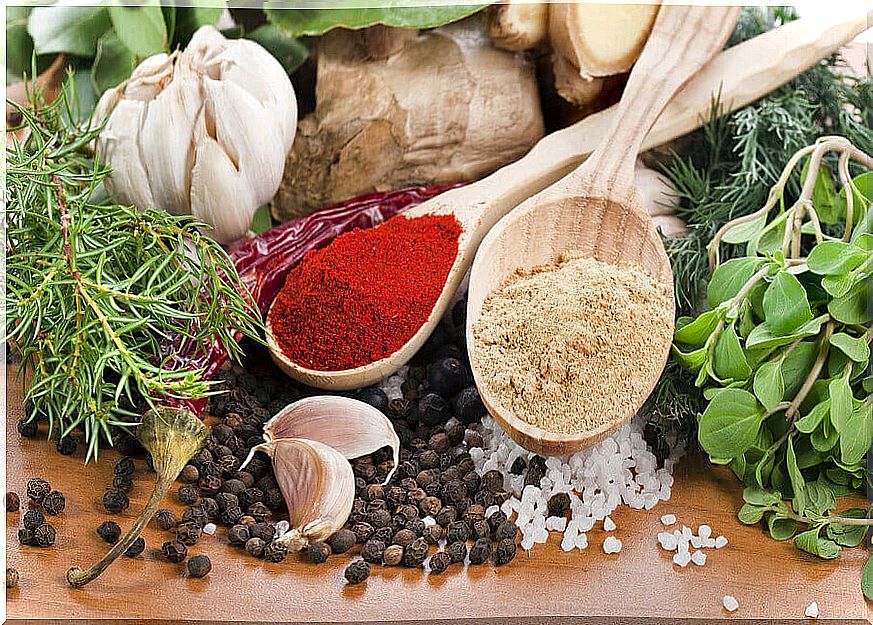
This group is one of the oldest foods related to food fraud. Especially seasonings such as pepper, oregano or saffron.
A clear example of this practice happened in Australia in April 2016. Much of the oregano distributed by the companies was replaced by ground olive or sumac leaves. In certain cases the alteration was around 90%.
4. Honey and maple syrup
In general, honey is made from mixtures of sugars originating in countries such as China. These elements contain heavy metals, pesticides or antibiotics, among others, which is very far from what the legislation stipulates. In addition, the intake of these toxins can negatively affect the state of health. A study published in the Journal of Cellular Biochemistry links frequent exposure to heavy metals through diet with an increased risk of neuronal damage.
As for maple syrup, sweeteners or sugars are added, such as high fructose syrup.
5. Coffee
Although its cost is not that high, counterfeiters adulterate its origin and the manufacturing process. All with the purpose of increasing its price.
In that sense, they pass the lower quality coffee into a higher quality one when mixing the beans. They also provide false information on the labeling and introduce elements that, when ground, have a texture similar to that of the product.
6. Milk
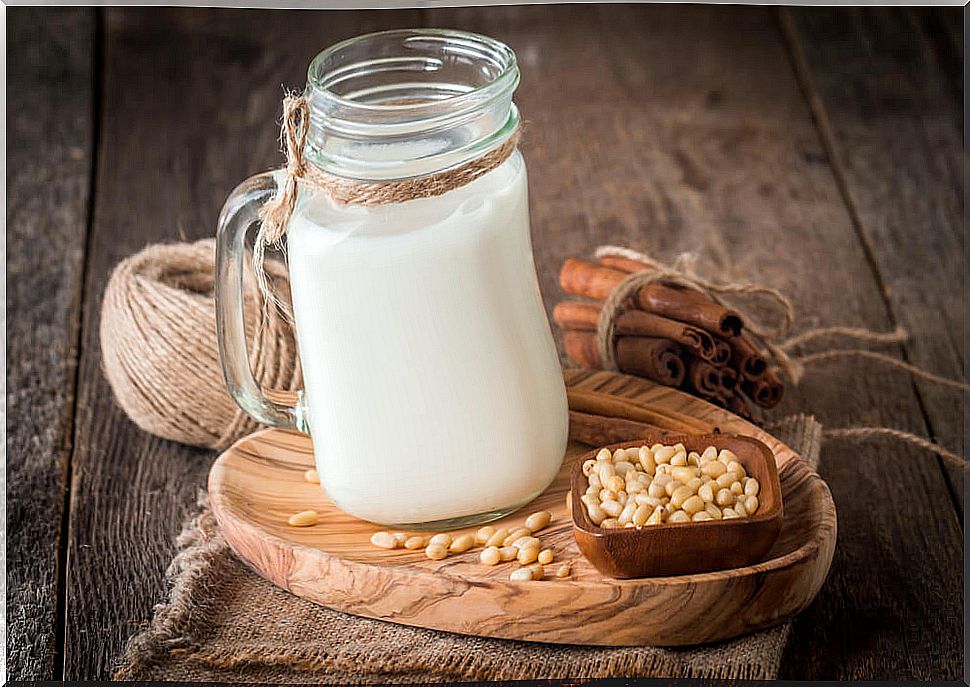
It is a very counterfeit food, especially in Asian countries, where it is altered with substances such as melanin, whey, sugar cane and milk protein.
In Europe they have also been modified, especially with low-quality milk or water mixtures.
7. Other foods
Organic meat, rice, tea, wine, fish and food are the other products most at risk of being counterfeit. Fortunately, the food that is on the market passes certain quality controls from time to time, which makes it possible to identify a large part of all adulterations.
Learn about food fraud to exclude certain products from the diet
These counterfeits are usually sourced and manufactured to multiply income through a substandard investment. Given this situation, you must be very aware of the products you buy and make sure they are of the best quality. This way you will protect your investment and the health of the body.


